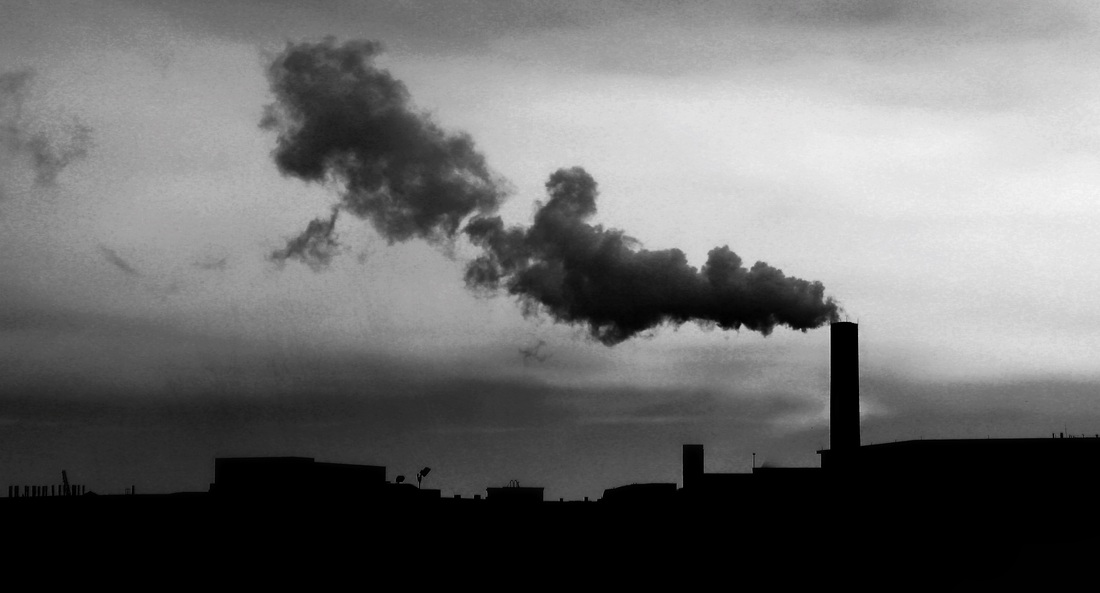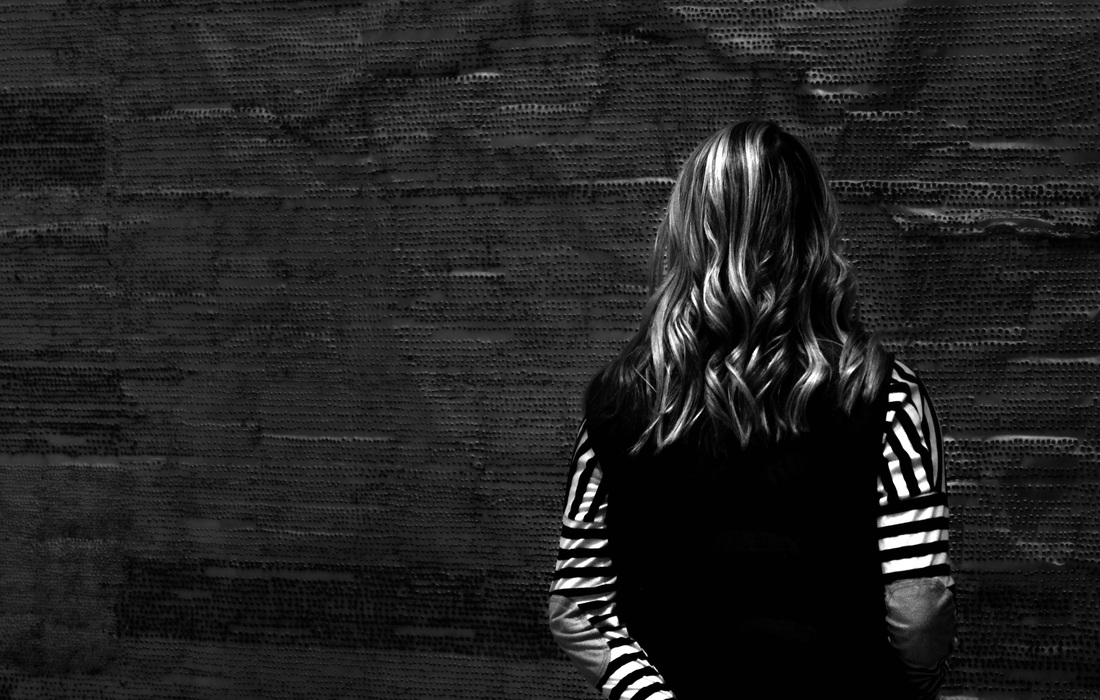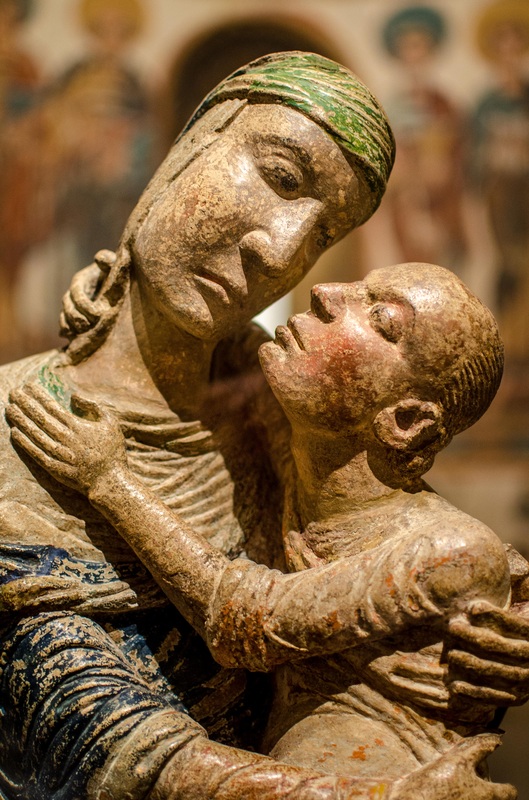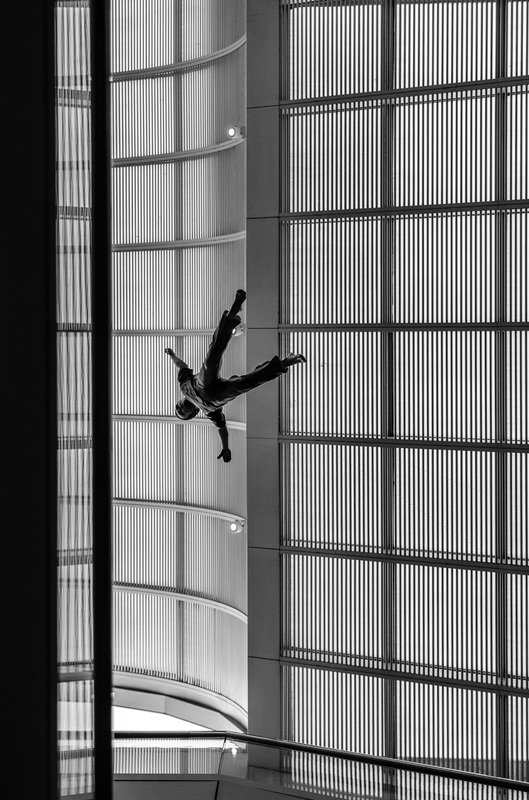Gestalt Psychology studies how we perceive the visual information constantly flooding into our occipital lobes. This information needs to be processed rapidly and is often incomplete, forcing us to make quick assumptions about our world. These shortcuts and assumptions are called Gestaltian principles. Since these principles influence how humans perceive an image, their use can help improve the composition of your next photograph.
At our recent field trip to the MFA a few of us tried applying these principles to give you examples of Gestaltian Psych in action.
Figure Ground
This is the most basic of visual shortcuts we use. When given an image we quickly determine what is the figure and what is the ground. Here Jess uses the stark silhouette of the skyline to create a figure on the background of the gray sky.
At our recent field trip to the MFA a few of us tried applying these principles to give you examples of Gestaltian Psych in action.
Figure Ground
This is the most basic of visual shortcuts we use. When given an image we quickly determine what is the figure and what is the ground. Here Jess uses the stark silhouette of the skyline to create a figure on the background of the gray sky.
In this shot, Jessica's use of the textured background adds interest in the shot without taking attention away from her subject.
| Here I kept the background blurry (bokeh) to highlight the figure from the ground. However I left enough detail since the background helped add context to the figure. | Here I purposely made it hard to distinguish figure from ground for anything but the fallowing or flying figure. However you wish to interpret the image. Sometimes you can purposely play with these principles to add interest to your composition. |




 RSS Feed
RSS Feed
